Plants Under Pressure
Find out about the Plants Under Pressure programme monitoring the state of the plant world.

Moss bryophyte © Mahieddine Boumendjel (CC BY-SA 3.0opens in a new window) via Wikimedia Commonsopens in a new window
Bryophytes (mosses, liverworts and hornworts) are a diverse group of plants with almost 20,000 species found across a range of habitats.
We have expanded the number of bryophytes assessed so that they could be included in the IUCN Sampled Red List Index (SRLI)opens in a new window and incorporated into international conservation targets.
We assessed the IUCN Red Listopens in a new window status of 1500 species of bryophytes to gauge their overall risk of extinction and to assess if they are becoming more threatened over time. These species were sampled at random from around world.
We have now assessed 1021 species of bryophytes from around the world. Until this project, only 281 species of bryophytes had been assessed for the IUCN Red List.
Previously 58% of bryophyte species receiving an IUCN Red List assessment were considered to be threatened, using the recommended 'best estimate' of proportion of threatened species excluding data deficient species.
Assessment of a representative sample of species from around the world gives a more realistic proportion of fewer than 15% of species as threatened with extinction under IUCN Red List Criteria.
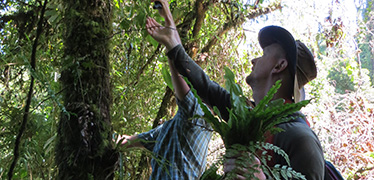
Find out about the Plants Under Pressure programme monitoring the state of the plant world.

We will reassess the IUCN Red List status of bryophytes to see how the threatened status of this species group changes over time.
This work was carried out at the Natural History Museum using a sample of species taken from the online checklist of bryophytes, which is maintained by the Missouri Botanical Gardenopens in a new window.
We used information from the bryophyte specimens in the Museum collections together with other available specimen records from online sources and published taxonomic literature, and the expertise provided by the Museum bryophyte curator, Len Ellis, and many individual scientific experts around the world.
Alongside this, we had a PhD student, Sarah Stow, evaluating what plant traits made bryophytes more susceptible to extinction and used this information to inform our assessment of the extinction risk facing that species.
To have confidence in the value of the Sampled Red List Index and how this changes over time, we need to have IUCN Red List assessments of at least 900 species assessed into one of the non-Data Deficient categories, either threatened (Critically Endangered, Endangered or Vulnerable) or non-threatened (Near Threatened or Least Concern).
Since we expect there to be many species too poorly known for us to assess them, we sampled 1500 species completely at random from the global checklist to make sure we could have at least 900 non-Data Deficient or Not Evaluated species assessed. For each species we mapped their distribution based on the precise localities where individual specimens of that species have been collected in the past.
Once we had that information recorded, we used existing scientific studies, online tools and satellite imagery to infer threats to the survival of those species, and evaluated this information using the IUCN Red List Criteria to establish the appropriate Category for each species. Then the assessments of individual species are submitted to IUCN to be included on the Red List website.

Up to 2020, only 281 bryophyte species had previously been assessed under IUCN Red List Criteria, and of these 58% were thought to be threatened with extinction (left-hand column). An additional 1021 bryophyte species were selected at random and assessed for the IUCN Sampled Red List Index (SRLI) for Plants, and of these only 15% were found to be threatened (right hand column). CR (Critically Endangered), EN (Endangered) and VU (Vulnerable) are the three threatened categories, the other categories are Near Threatened (NT), Least Concern (LC) and Data Deficient (DD).

Supported by funding from the Prince Albert II of Monaco Foundationopens in a new window.
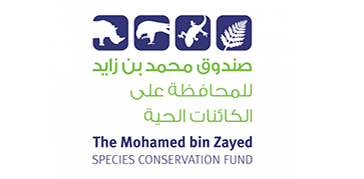
Supported by funding from the Mohamed bin Zayed Species Conservation Fundopens in a new window.
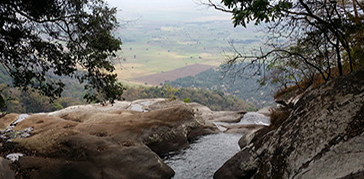
Assessing threats to plants and monitoring the state of the plant world.
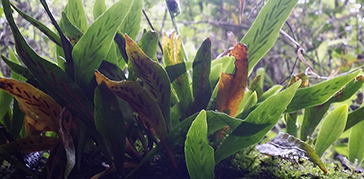
We have tripled the number of species of pteridophytes assessed using the IUCN Red List Criteria.
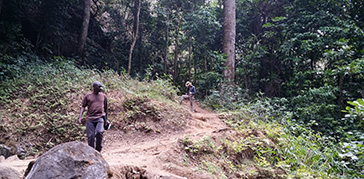
Expeditions to areas of high plant diversity help us to ensure that our IUCN Red List assessments are accurate.
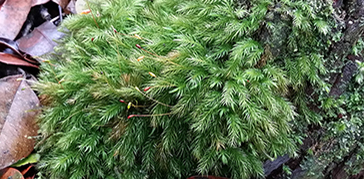
Can we detect small-scale changes to biodiversity?
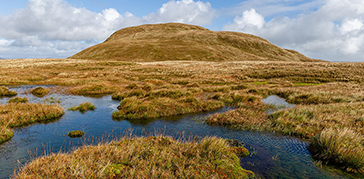
How might plant diversity respond to changing situations in the future?
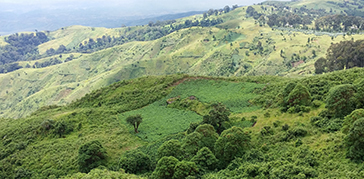
How should we study the full extent of change to biodiversity?